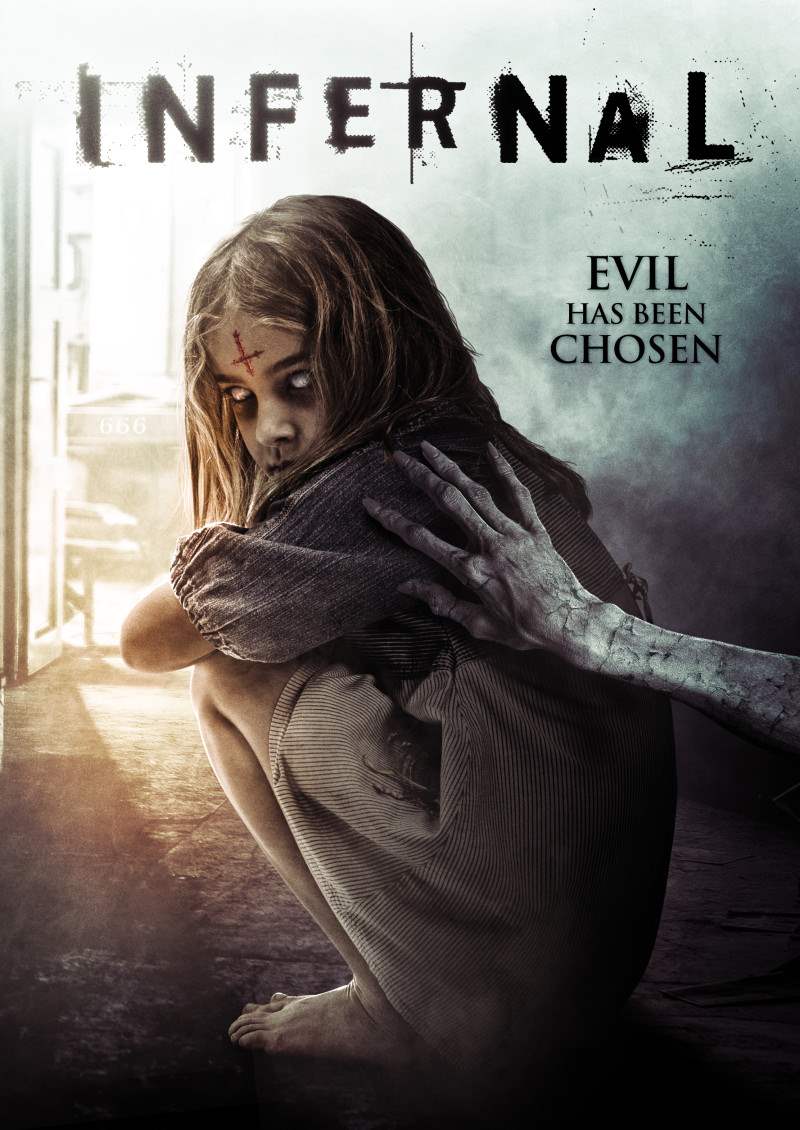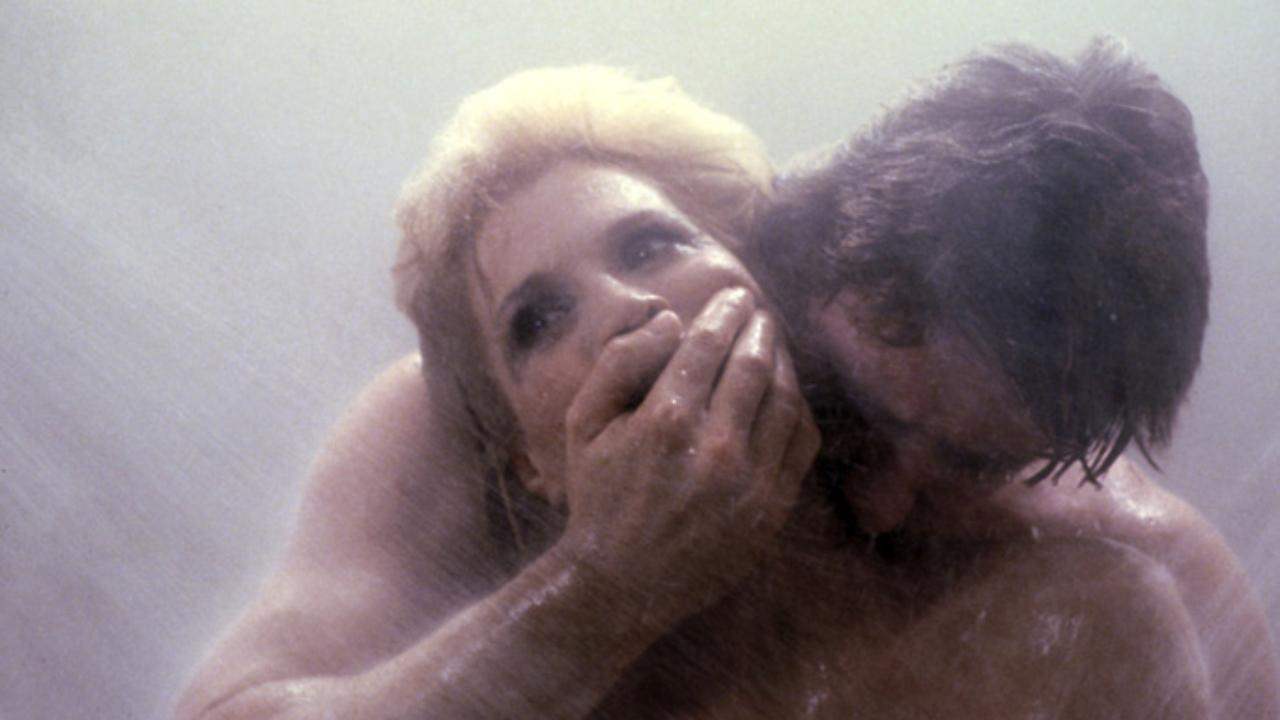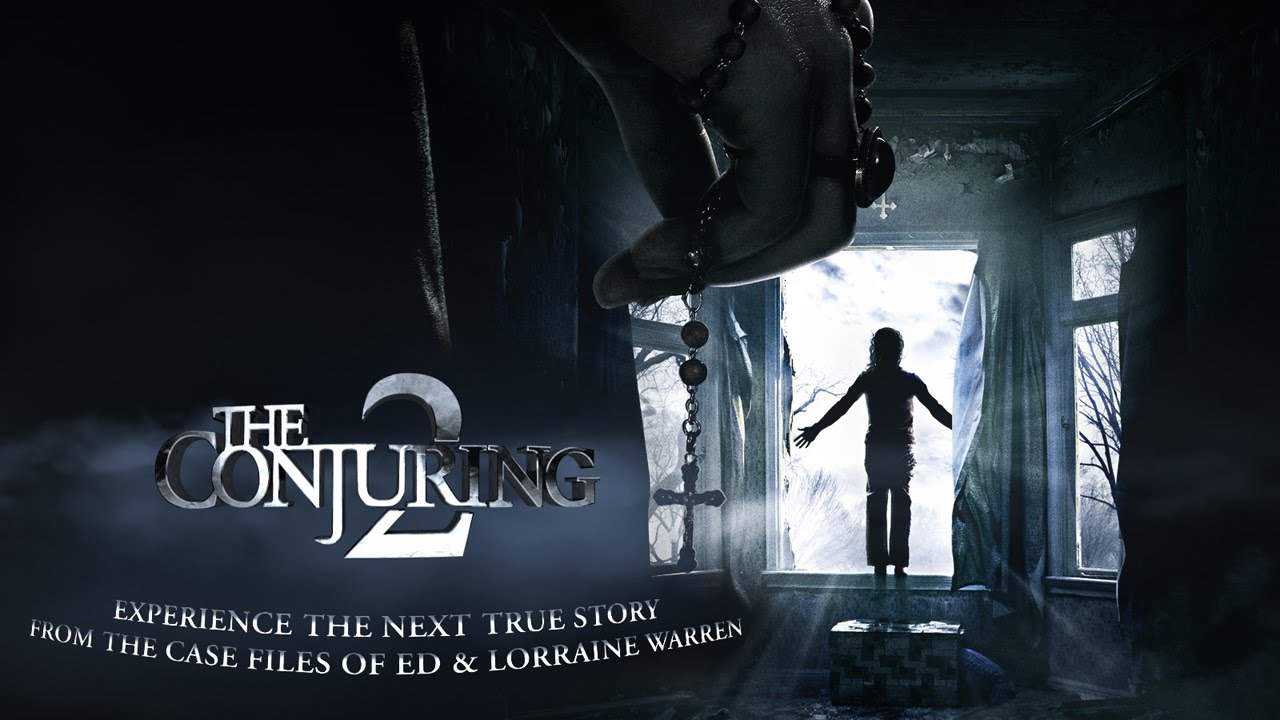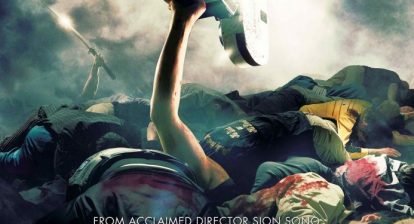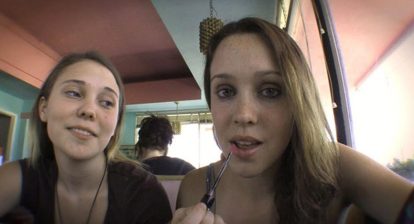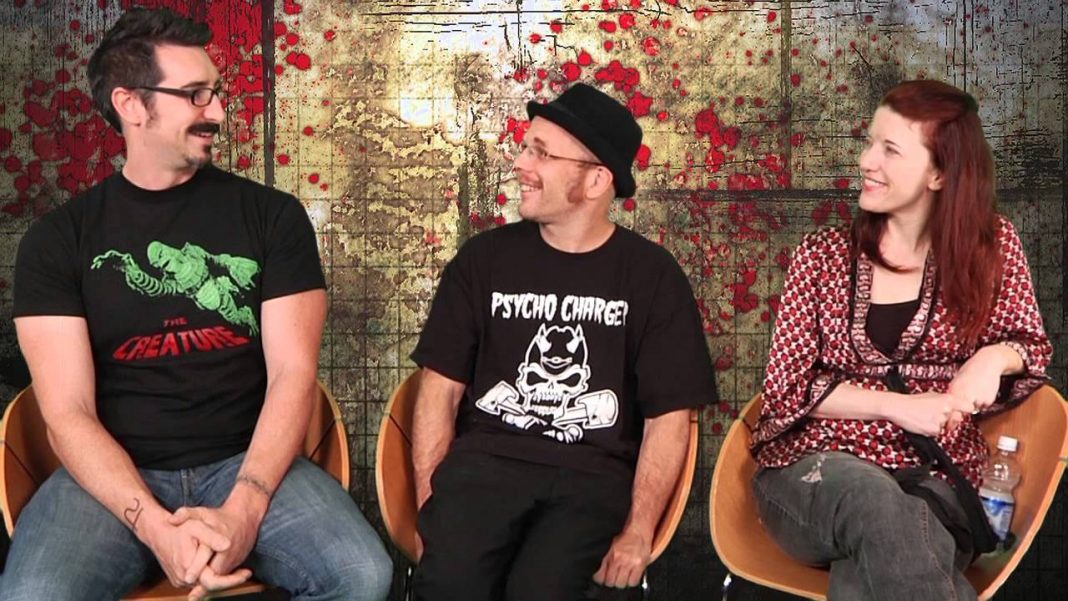Infernal has strong aspirations from the beginning. Reading the synopsis, I honestly hoped for a thoroughly enjoyable horror flick. The movie tried to utilize a variety of elements from previously successful films to create a wholly unique horror movie that would combine the best of those elements. From the first few minutes of the film we are given the promise of a relationship driven creature feature, which goes a step beyond the promises given by the synopsis and trailers I had seen previously which promised only a tale of parenthood gone terribly wrong. As the movie progressed we were presented with the creepy child we were promised. The viewer was offered some shots which were filmed in the now familiar ‘found footage’ style, and we also got to meet a priest who was summoned by a well-meaning family member, a staple of any film with even the vaguest hint of the devil. If you analyze the film as a whole, Infernal does combine several components of horror movies which were previously very successful, which is what it set out to do. On top of simply being financial successes, many of the films which preceded this one were actually incredibly scary when they were released, and many which come to mind are enduring favorites. Unfortunately, Infernal doesn’t quite live up to the standards set forth by the films which preceded it and falls short in a variety of areas.
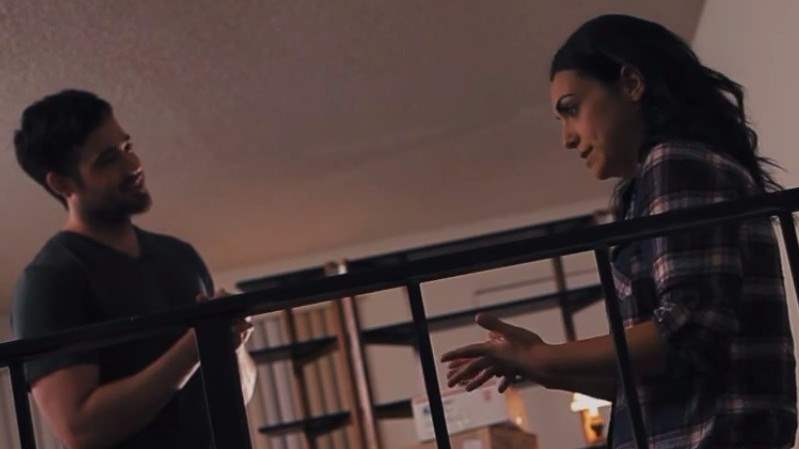
Editing of the film was also well done. Scenes neatly flowed into one another, even when it was apparent that the shift from one location to another was intended to be unsettling. The scene transitions could be disjointed, but it was obvious that these shifts were deliberate rather than the result of an unskilled editing hand. Even the short “flashback” scenes which were intended to be quickly interjected snippets of the characters’ pasts were neatly fitted between the ever-present moments of turmoil.
Alas, I have far more critiques than I have praises. The storytelling in Infernal was incredibly weak. It was obvious that there was a lot of planning and heart that went into establishing the story and back stories, but much of what was intended didn’t play out well on the screen. The dialogue was often heavy handed and unnatural feeling. The characters, through no fault of the actors, would shift unnaturally from waxing philosophical in poetic, beautiful language back to normal conversational prose. The characterizations lacked the consistency required to make individuals in each scene feel real or natural. Normally in a horror film this doesn’t matter; as evidenced by the behavior of teens in popular slasher flicks from the 80s and 90s. In this case, not having that realism is a let down for the viewer. Writer/director Bryan Coyne worked so hard to convince the audience that knowing the back story of Nathan and Sophia’s relationship is vitally important, so when they fall short as people we lose out on that key part of the story.
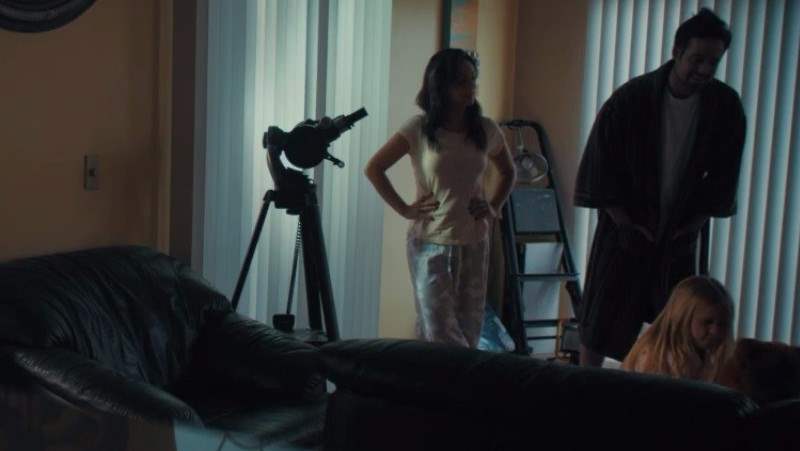 Unlike the recent POV horror Nightlight, there was no strong justification for the found footage filming approach. Add to that the fact that the first person filming approach was used inconsistently between scenes, and you get a sense for why watching Infernal is frustrating at times. The filmmakers only completely utilized their found footage/first person filming with effects, camera interaction, or other surprises a handful of times in the entire film. Even with those scenes in mind, an argument could be made that using a found footage approach was largely unnecessary. It failed to add to the viewer’s experience, and instead simply added to this viewer’s frustration with the plethora of found footage movies available.
Unlike the recent POV horror Nightlight, there was no strong justification for the found footage filming approach. Add to that the fact that the first person filming approach was used inconsistently between scenes, and you get a sense for why watching Infernal is frustrating at times. The filmmakers only completely utilized their found footage/first person filming with effects, camera interaction, or other surprises a handful of times in the entire film. Even with those scenes in mind, an argument could be made that using a found footage approach was largely unnecessary. It failed to add to the viewer’s experience, and instead simply added to this viewer’s frustration with the plethora of found footage movies available.
There were parts of the story line in which characters casually suggested that using a nanny cam or other devices to capture the child’s private moments would be beneficial. However, aside from the need for a camera to capture odd happenings, using “character shot” footage versus traditional third person angles seemed less meaningful. Overall, the decision to use a found footage approach felt questionable and unnecessary.
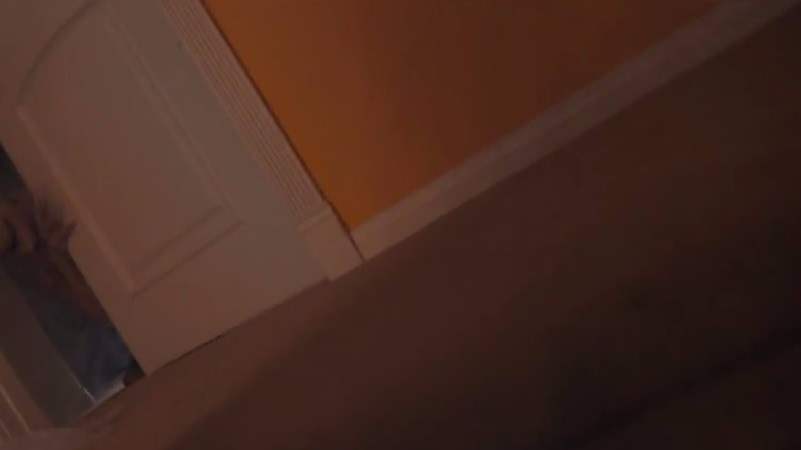 The little girl was incredibly creepy at all the right moments, so she can be granted a pass as a reasonable casting choice despite the fact that she doesn’t look anything like either of her parents.
The little girl was incredibly creepy at all the right moments, so she can be granted a pass as a reasonable casting choice despite the fact that she doesn’t look anything like either of her parents.
What I have difficulty justifying was the decision to give the demon/devil creature an appearance that was less unnerving than that of the little girl. Surely, an evil being of Hell should be more menacing than a child, even if the child were possessed. All of the lighting, effects, and moments of not getting a good look at the creature were wasted as soon as the muppet-like mask was revealed. The eerie, crouching movements of the beast and the close up shots of his serpentine fingers were not enough to make him frightening again once his facial features were shown plainly, which was a disappointment. For a significant part of the movie, the filmmakers definitely seemed to believe that ‘less is more’ as far as showing the creature, and that approach worked well to a point. Unfortunately once the creature was shown, it lost its edge and even the creepy music and reduced lighting couldn’t make up for it.
Overall, as a first horror feature film for a filmmaker with a short list of projects under his belt, I applaud Bryan Coyne and the other creative talents behind Infernal for putting forth obvious effort to create what they felt was a worthwhile piece. Unfortunately too many aspects of storytelling, dialogue, and cinematic elements were too far off the mark and felt too overplayed for this to rank as a success in my book.
If you would like to check it out, Infernal is currently available on VOD platforms, and is set for DVD release on May 1, 2015.
WICKED RATING: /10 [usr 1.5]
Director: Bryan Coyne
Writer: Bryan Coyne
Stars: Andy Ostroff, Heather Adair, Alyssa Koerner, Jose Rosete, and Noelle Bruno
Year: 2015
Production Company: American Original
Language: English
Length: 101 mins
Sub-Genre: Found Footage
